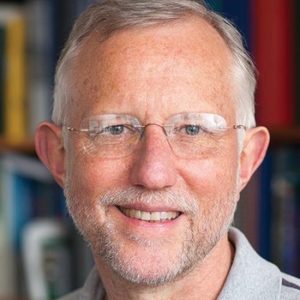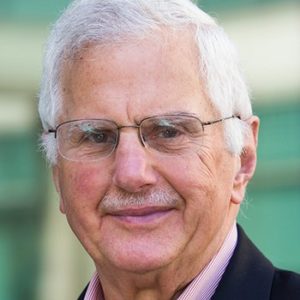The first time three individuals received a Nobel Prize in Physiology or Medicine was in 1934 when the prize went to George Whipple, George Minot, and William Murphy for discovery of liver therapy for pernicious anemia. The second time that the Karolinska Institute recognized a threesome was in 1945 when Alexander Fleming, Howard Florey, and Ernst Chain were honored for the discovery of penicillin. It was not 1946 that the first Chemistry Prize was given to three individuals. This award recognized the discovery that enzymes could be crystallized (James Sumner) and that viruses could be prepared in a pure form (John Northrop and Wendell Stanley). No further chemistry prizes to three occurred until 1967 when the Nobel was awarded to Manfred Eigen, Ronald Norrish, and George Porter for studies of fast chemical reactions.
In 1968 the Nobel Foundation formally decided that the maximum number of recipients to receive any of their prizes would be three (Levinovitz and Ringertz, 2001). In the last 50 years, about one-third of the prizes in Physics, Chemistry, and Physiology or Medicine have each been shared by three people. Following in Nobel footsteps, the Lasker Foundation adopted the Rule of Three in 1997. Since then, about one-third of Lasker Basic and Clinical Awards have been shared by three individuals.
Origin of Triptychs
The first triptychs go back to the Middle Ages when Byzantine churches were decorated with biblical altar paintings. One of the most famous of all triptychs is the altarpiece in the Antwerp Cathedral by Peter Paul Rubens, completed in 1612 (Fig. 1). Rubens’ triptych, entitled Descent from the Cross, depicts the Visitation (left panel), the Descent (middle panel), and the Presentation of Jesus at the Temple (right panel). The central panel shows four men lowering the body of Christ with the aid of a shroud. At the top of one ladder, the grey-haired man holds one end of the shroud in his teeth, while at the top of a second ladder, the brown-haired man holds the other end of the shroud with his left hand. One of Christ’s feet comes to rest on Mary Magdalene’s shoulder, right next to her beautiful golden hair (Bialostocki, 1964).
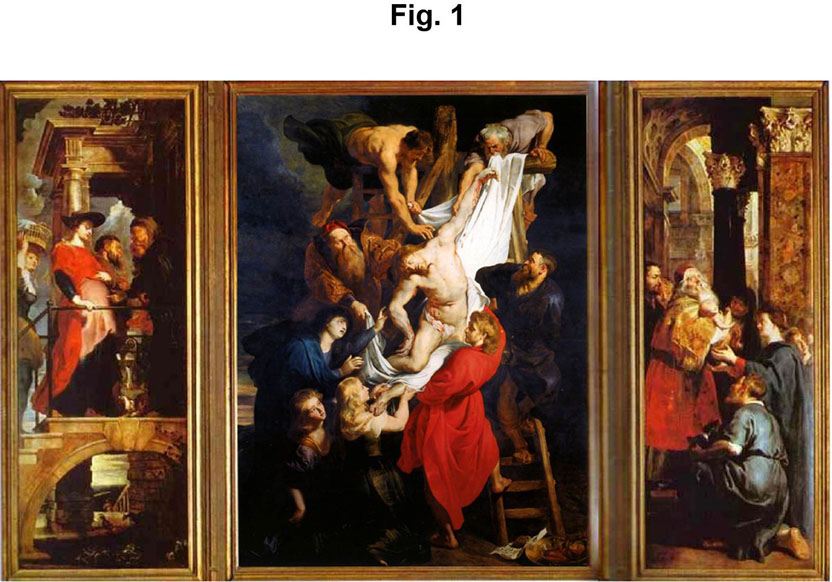
Figure 1. Descent From the Cross by Peter Paul Rubens
1612-1614. Oil on panel. Triptych, 28 x 9.8 ft. Antwerp Cathedral.
In 1794 after winning the battle of Fleurus in the Netherlands, Napoleon visited the Antwerp Cathedral where he became awe-struck by Rubens’ triptych. As part of the victory spoils, Napoleon removed the painting and sent the three panels to the Louvre. After his death, all three panels were returned to the cathedral in 1815.
Francis Bacon: Master of the Bold Triptych
Fast forward to 1944, when the Irish-born British artist Francis Bacon entered the art world. Bacon is one of the most important painters of the last half of the 20th century. His mastery of bold, raw, and emotionally charged human images are exceptionally powerful in much the same way that the human figures of Picasso and Willem de Kooning shock and haunt the spectator (Sylvester, 2000; Harrison, 2016).
In adopting the triptych format, Bacon was greatly influenced by Rubens, especially his Descent triptych and the related triptych Elevation of the Cross, also in the Antwerp Cathedral. From 1944 to 1986, Bacon painted 31 large triptychs (~78 x 58 in) and 45 smaller ones. His favorite subjects were crucifixions, screaming Popes, drinking companions, famous artists, and wealthy businessmen. Figure 2 shows a 1965 triptych by Bacon entitled Crucifixion, in which he depicts three forms of violent death. In the central panel, a half human-half animal hybrid figure hangs upside down from a scaffold hook – a modernist rendition of Rubens’ Descent from the Cross.

Figure 2. Crucifixion by Francis Bacon
1965. Oil on canvas. Triptych, 6.5 x 4.8 ft. Pinakothek der Modern, Munich.
During the 15-17th centuries, Popes were celebrated and immortalized in portraits by renowned artists, such as Raphael, Titian, and Velasquez. Although Bacon was fascinated by Popes as bearers of power, he was angered by their authority. Inspired by a photograph of Pope Pius XII, in 1951 he painted three Pope portraits, entitled Pope I, Pope II, and Pope III (Fig. 3). This series of paintings was his first to show the same figure in three different poses (see legend for more details on the history of how this triptych was assembled and disassembled). Bacon depicted his three Popes, not as sanctified figures, but as anti-Pope creatures in which “the papal throne becomes the electric chair, the papal attire becomes gaudy dress, and the organ of speech becomes the aperture of a scream” (Arya, 2009). Moreover, the scream becomes a clever double entendre, mimicking the shrieks of many viewers who are shocked at what they are seeing.
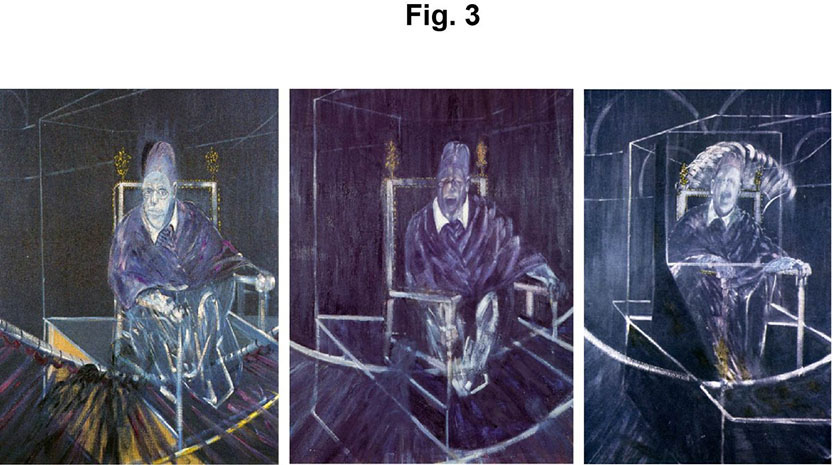
Figure 3. Popes I, II, and III by Francis Bacon
1951. Oil on canvas. Each canvas, 6.5 x 4.6 ft. The three portraits were originally done as three separate pieces and not combined as a triptych until 1962 when they were exhibited together in a retrospective of Bacon’s work at the Tate Gallery in London (Sylvester, 2000). At the close of the exhibition, the three portraits were separated. Pope I is now exhibited at the Aberdeen Art Gallery and Museum Collection (Aberdeen, Scotland). Pope II is now exhibited at the Stadtische Kunsthalle (Mannheim, Germany). Pope III was damaged beyond repair when it fell into Tokyo Harbor in 1966; it was subsequently destroyed on Bacon’s instructions (Harrison, 2016).
Bacon’s most famous screaming Pope is his 1953 Study after Velazquez’s Portrait of Pope Innocent X, which is shown in Fig. 4 adjacent to Velazquez’s 1650 version. Bacon considered Velazquez’s Portrait of Pope Innocent X to be the finest portrait ever painted (Sylvester, 2000; Harrison, 2016).
One of Bacon’s contemporaries in the London art world during the last half of the 20th century was another of England’s highly original artists, Lucian Freud. Bacon and Freud had a complicated relationship; they were confidants and rivals at the same time. One of Bacon’s most acclaimed triptychs, Three Studies of Lucian Freud, depicts Freud in a hellish Holy Trinity – tangled and trapped in a series of cages, sitting like a coiled spring about to erupt and shoot out of the flat picture frame (Fig. 5). Freud is shown in his trademark navy blue socks and rolled-up white shirt. In 2014, this triptych was sold at auction for $142 million – the highest price ever paid for an artwork at auction – until last year when a Picasso painting sold for $165 million.
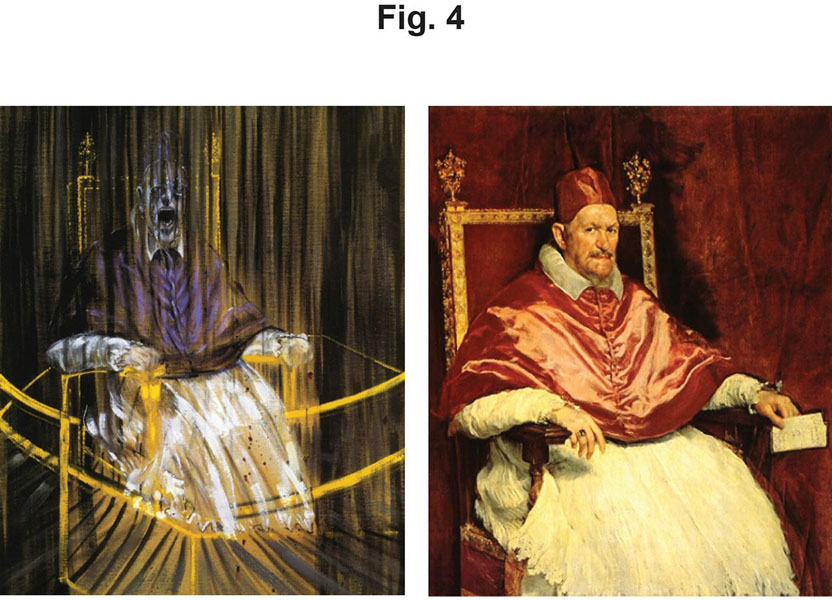
Figure 4. Two Portrait Versions of Pope Innocent X
(A) Francis Bacon. Study after Velazquez’s Portrait of Pope Innocent X. 1953. Oil on Canvas. 5.0 x 3.9 ft. Nathan Emory Coffin Collaboration. Des Moines Art Centre. (B) Velazquez. Pope Innocent X. 1650. Oil on canvas. 3.8 x 3.9 ft. Palazzo Doria Pamphili, Rome.
Why the Triptych Format? Why the Rule-of-Three?
What attracted Francis Bacon to the triptych format? In addition to the influence of Rubens, Bacon believed that having three images next to each other allowed him to tell a better story than did a single image. Moreover, limiting his painting to three panels forced him to distill and simplify a complex story so that it could be presented in a chronological way much like a series of successive photographs captures a key event.
How does the triptych approach for telling a good story relate to the Rule-of-Three? Why should a Nobel Prize and a Lasker Award be limited to a maximum of three individuals if the scientific story being recognized is based on the work of four, five, six people, etc. or a team of many? Bypassed scientists may legitimately feel that their contributions have been left out in the cold, and without their inclusion the story would be incomplete.
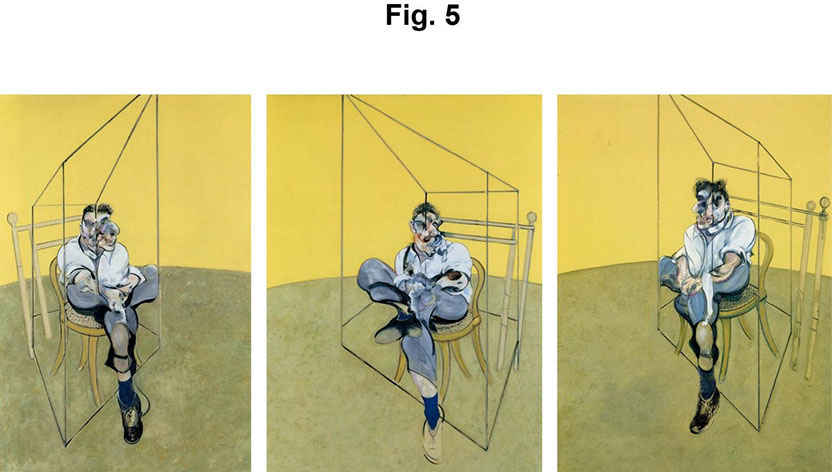
Figure 5. Three Studies of Lucian Freud by Francis Bacon
1969. Oil on canvas. Triptych, 20 x 15 ft (594 x 443 cm). Collection of Elaine Wynn (purchased at Christie’s auction in November, 2014 for $142 million).
Scientific awards afford a special opportunity to enlighten the general public on how scientific discoveries arise. Like a Francis Bacon triptych, a prizeworthy scientific discovery has its greatest impact in capturing the public’s imagination when the story of its origin can be traced to its fundamental roots and told in an engaging way.
2016 LASKER AWARDS: TWO TRIPTYCHS AND ONE SPECIAL MONOTYPE
This year’s Lasker awardees made discoveries that reflect the type of boldness and adventurousness exemplified in the triptychs of Francis Bacon.
Basic Award
The Lasker Basic Research Award honors three scientists: William G. Kaelin, Jr. (Dana-Farber Cancer Institute/Harvard Medical School), Peter J. Ratcliffe (University of Oxford/Francis Crick Institute), and Gregg L. Semenza (Johns Hopkins University School of Medicine). The combined triptych-like discoveries of these three scientists revealed the pathway by which human and most animal cells sense and adapt to changes in oxygen availability – an essential process for their survival. The unique features of this signaling pathway involve an oxygen-stimulated proline hydroxylation of a protein called HIF-1α (Hypoxia-Induced Factor), followed by ubiquitination and proteasomal degradation. Under hypoxic conditions, HIF-1α is no longer modified and becomes available to dimerize with a partner protein. The resulting dimeric complex activates transcription of many genes that aid cells in adapting to the hypoxic state, including those encoding erythropoietin, VEGF, PGDFβ, and glycolytic enzymes. Discovery of the oxygen-sensing pathway not only provides major insights into a fundamental physiological process but also plays a central role in a wide range of human pathologies.
Clinical Award
The Lasker~DeBakey Clinical Research Award honors three scientists for discoveries concerning the hepatitis C virus (HCV), which causes a chronic, often lethal disease. Two of the awardees – Ralf F.M. Bartenschlager (University of Heidelberg) and Charles M. Rice (Rockefeller University) – developed a system for studying the replication of HCV in cultured human liver cells. The third awardee is Michael J. Sofia (formerly at Pharmasset, Inc.; now at Arbutus Biopharma, Inc.) who used the replicon system to invent the first effective and nontoxic inhibitor of the HCV polymerase (NS5B). This drug, called sofosbuvir (Sovaldi) was FDA-approved in December 2013. It is now the cornerstone component of three FDA-approved combinations for HCV disease that provide effective and curative therapies that do not require the toxic co-administration of interferon and ribavirin. The first of these curative therapies to be approved contains sofosbuvir in combination with lepidasvir, which inhibits the HCV nonstructural protein 5A (NS5A). This drug combination, called Harvoni (developed by Gilead Sciences, Inc. and approved in October 2014), set the stage for revolutionizing the treatment for HCV disease. The lives of many thousands of HCV-infected individuals have now been improved and saved as a result of this pioneering work.
Special Achievement Award
The Lasker~Koshland Special Achievement Award honors only one scientist, but one with three bold strokes. The awardee is Bruce M. Alberts (University of California, San Francisco) who during a 55-year career, is highly regarded by the scientific community for his triptych of accomplishments, which include: 1) fundamental discoveries in DNA replication and protein biochemistry; 2) visionary leadership in directing national and international scientific organizations to better people’s lives, including a 12-year term as president of the U.S. National Academy of Sciences; and 3) passionate dedication to improving education in science and mathematics. A notable example of this latter accomplishment was his leadership role in teaming up with five other scientists to write the most influential textbook of its kind Molecular Biology of the Cell. The first edition, which was published in 1984, is now in its 6th edition (appearing in 2015). This classic textbook has been translated into 11 languages (including Chinese) and has been devoured by tens of millions of students as well as established researchers, all of whom praise it for its clarity, the logic of its explanations, and its splendid illustrations. Even though the 2015 edition was assembled by seven authors, the material is integrated in such a way that it reads like the work of a single hand – undoubtedly the deft hand of Bruce Alberts.
References
Arya, R. (2009). Painting the Pope: an analysis of Francis Bacon’s Study after Velazquez’s Portrait of Innocent X. Literature and Theology. 23, 33-50.
Bialostocki, J. (1964). The descent from the cross in works by Peter Paul Rubens and his studio. The Art Bulletin 46, 511-524.
Harrison, M. (2016). Francis Bacon: Catalogue Raisonné (London: The Estate of Francis Bacon).
Sylvester, D. (2000). Looking Back at Francis Bacon (New York: Thames & Hudson, Inc.).
Levinovitz, A.W., and Ringertz, N. (2001). The Nobel Prize: The First 100 Years. (London: Imperial College Press).





